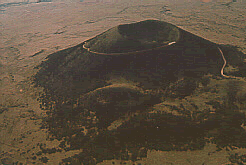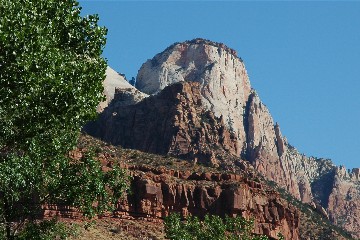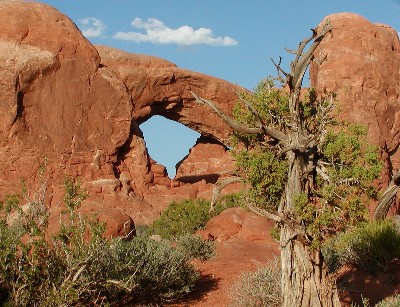Tomorrow is Sweetie Mack’s 8th birthday. Before the NFL season began last year, Mack picked the New York Giants to win the Super Bowl — amazingly he called the long shot. Along the way he became a big fan. To celebrate his birthday (and his prescience) Mack’s dad snagged three New York Giants tickets for last Sunday’s game against the Eagles. Grandpa got invited along.
We drove from Virginia to New Jersey Saturday evening — it was snowing much of the way, but no one slowed down. When we got to the Marriott in Ridgefield, I noticed a man who looked very much like a professional football player. I told Mack, I think the Giants are in this hotel — and indeed they were. It was running back Brandon Jacobs I had noticed. Mack got his autograph and those of Corey Webster and R.W. McQuarters. (Plaxico Burress was nowhere in sight.)
 Mack got me up at 6:37 Sunday morning to go down to the lobby and find more players. The Giants, of course, had more sense than to be up that early — and fortunately we had more sense too, and took the morning to go into New York City rather than hang out in hopes of a glimpse of Eli Manning.
Mack got me up at 6:37 Sunday morning to go down to the lobby and find more players. The Giants, of course, had more sense than to be up that early — and fortunately we had more sense too, and took the morning to go into New York City rather than hang out in hopes of a glimpse of Eli Manning.
I have been to NYC a few times, but never to Wall Street. That’s the New York Stock Exchange in the picture (taken with my iPhone). We were able also to walk around Rockefeller Center (and see the Christmas tree and ice rink) and Times Square before heading back to Jersey for the game.
 79,000 other folks joined us at the Meadowlands (attendance was 79,003) on a blustery, cold day. We were in the 19th row on the 20.
79,000 other folks joined us at the Meadowlands (attendance was 79,003) on a blustery, cold day. We were in the 19th row on the 20.
The Eagles won 20-14 as the Giants scored their only offensive touchdown in the last two minutes of the game. The only real exciting play was a blocked field goal run back for a touchdown by the Giants to end the first half.
Click the photos for larger versions.













